Parc Monceau, An Impossibly Elegant Garden
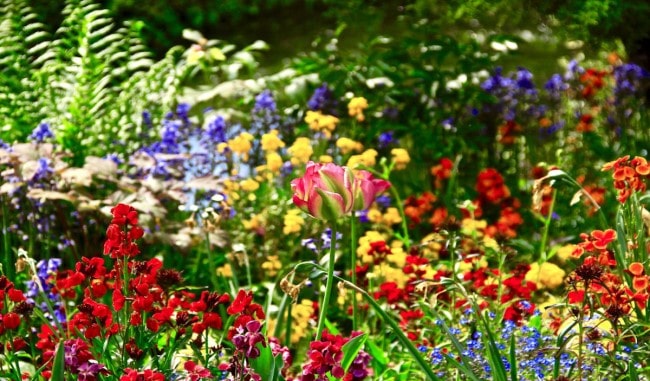

Spring is in the air. It is time to embrace the beauty of Paris again. Parc Monceau is one of the places you have to go if you are craving a little green, beauty and romance. Simply put: this chic garden in the eighth arrondissement is filled with wonders.
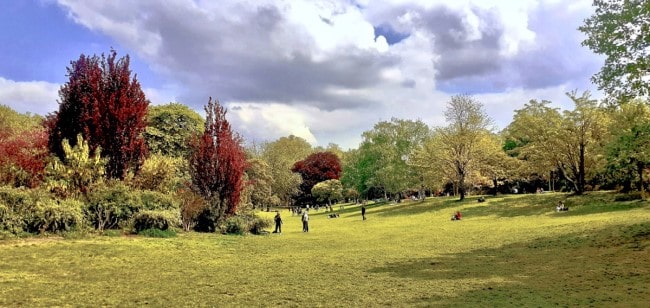
View of the Parc Monceau ©Sarah Fauvel
To illustrate this story, I’m sharing some of my limited-edition, fine-art photos taken in Parc Monceau during a peaceful walk where my focus was to capture the emotions inspired by this genteel place. I hope to bring this sense of peace to you, as well.

Limited Edition Fine art photo – Parc Monceau I ©Sarah Fauvel

View of the Parc Monceau ©Sarah Fauvel
Here and there, strolling the park, you’ll find an Egyptian pyramid, a Romantic ruin, Corinthian pillars, a pond — all what are called architectural “follies.” To me, they are intriguing remnants of the past. The alleys will soon be in bloom with bed of flowers artfully planted on the lawns. Parc Monceau undoubtedly exudes romanticism, entwining history, art, and botany.
Located in a prestigious neighborhood near the Arc de Triomphe, surrounded by fashionable mansions, this eight-hectare haven epitomizes the elegance of the English-style parks in Paris. No wonder this place inspired some of Claude Monet’s most iconic pieces of work.
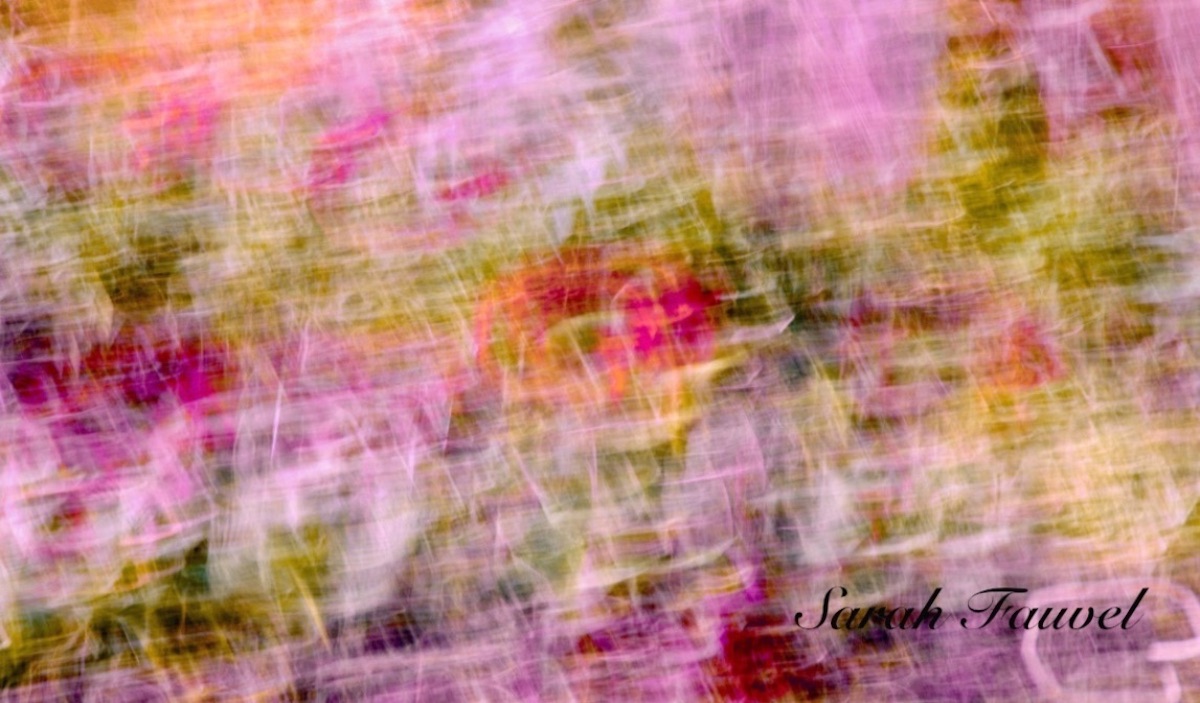
Limited Edition Fine art photo – Parc Monceau II ©Sarah Fauvel
The story of Parc Monceau begun in 1769 when Louis Philippe d’Orléans, Duke of Chartres, cousin of King Louis XVI and the future father of King Louis-Philippe, purchased a hectare near the village of Monceau.
The Duke of Chartres was the owner of the Royal Palace (Palais Royal) and was later known as Philippe-Egalité since he participated in the French Revolution. He was famous for his taste for extravagance, too. His vision was to expand the octagonal French formal garden that he had had designed four years earlier near a magnificent pavilion built by architect Louis-Marie Colignon to compete with the latest refurbishment in Versailles.
In 1773, he commissioned painter Louis Carrogis, known as Carmontelle, a close friend of the Prince of Wales, later George IV, to design the garden. This was the Age of Enlightenment, advocating ideals such as tolerance, discovery and freedom.
Thus, on the behest of Philippe d’Orléans, Carmontelle embraced the trend and brought the Duke of Chartres’ vision to fruition: between 1773 and 1779, he conceived and designed a 20-hectare garden of illusions, a “garden of dreams” with Anglo-Chinese follies, punctuated with many fantastic reconstructions of buildings of different ages and continents: the temple of Mars and the farm, the Dutch windmill and the minaret, an Egyptian pyramid, a Chinese pagoda, a waterfall, and a Naumachie, the oval basin, surrounded by a broken Corinthian columns.
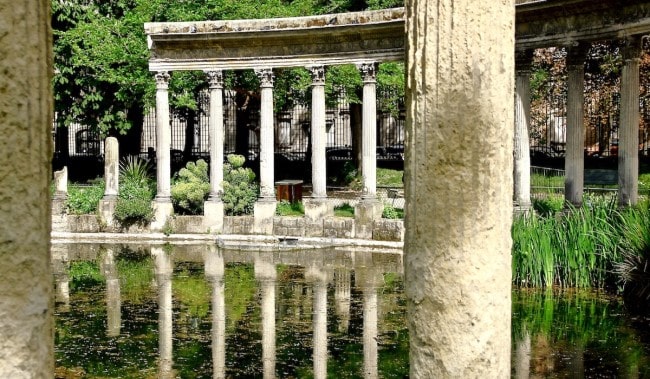
The Naumachia, Parc Monceau © Sarah Fauvel. The Naumachie was built with the columns of the ancient Rotunda of Valois, ordered by Catherine de Medici to house Henry II’s tomb, planned to be placed next the Basilica of Saint Denis. It was dismantled in 1719. These columns are the vestige of the funerary monument.
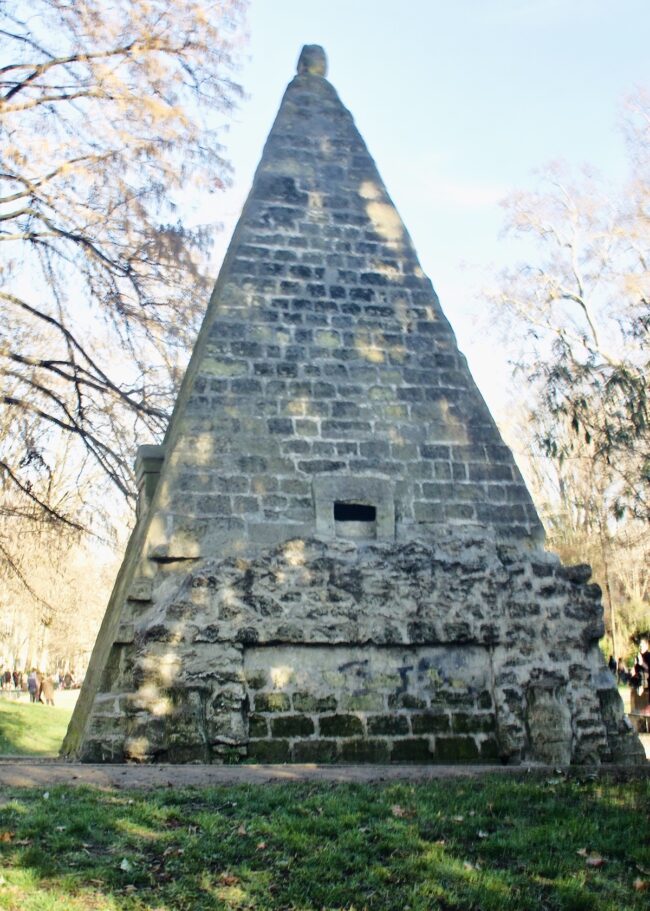
The Egyptian pyramid in Parc Monceau, the garden of “all times and places” (1778). © Sarah Fauvel
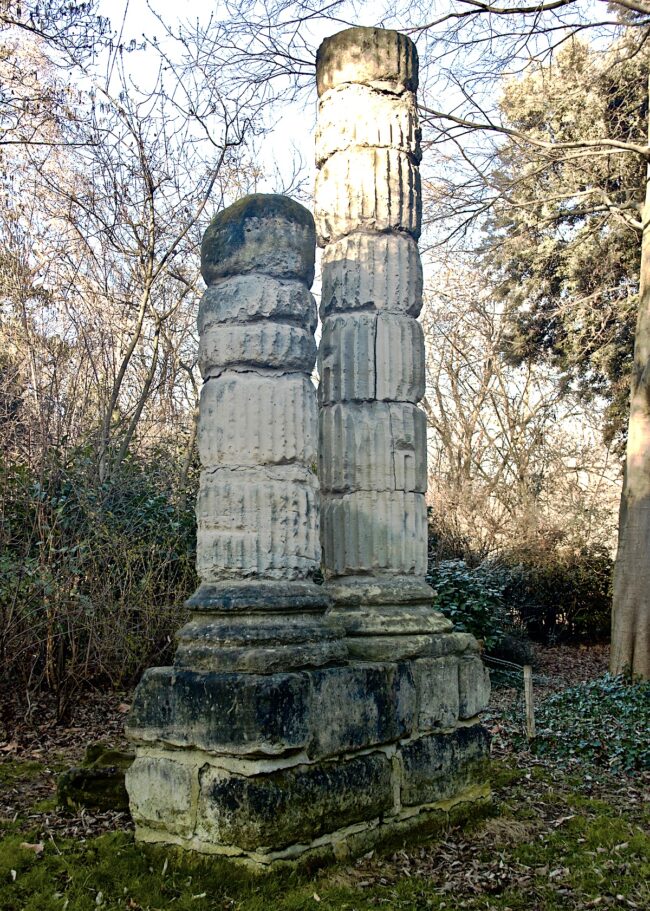
The Ruins in Parc Monceau © Sarah Fauvel
In 1783, Thomas Blaikie, the famous Scottish landscape gardener, designer of the Jardin de Bagatelle, transformed the exotic garden, also called the “Follies de Chartres,” into a magnificent, English-style garden where trees, lawns, and paths were designed to blend into the natural landscape.
The garden was amputated in 1787 when the wall of the Farmers General was erected. At the time, these toll walls were constructed around Paris to collect taxes. The circular rotunda with columns in neoclassical style, known as the Pavillon de Chartres, was built by Claude Nicola Ledoux to border the duke’s property. In fact, this stylish rotunda allowed the Duke of Chartres, owner of the park, to enjoy the view of his estate.
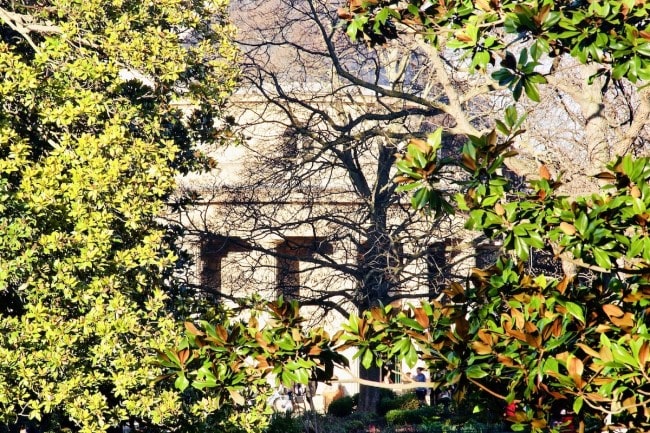
The elegant Rotunda © Sarah Fauvel. It can been seen at the entrance of the park. It was preserved in 1860 among the 61 rotundas of the wall.
During the French Revolution, the garden was confiscated (the Duke of Orléans was guillotined) and it became a place of festivities for the bourgeoisie. In October 22, 1797, André Jacques Garnerin made the first parachute jump in history by leaping from a hot-air balloon and landing in the garden.
The park would later return to the Orléans family but, since they preferred their domain in Neuilly, it fell into ruins…
It was reborn during the Second Empire when many parks and gardens emerged in Paris.
The garden was bought by the city of Paris in 1852.
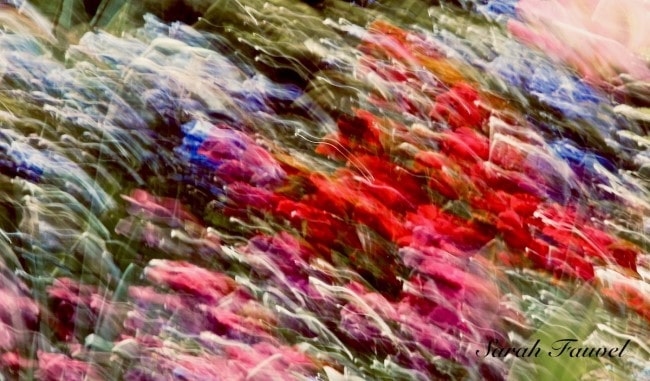
Limited Edition Fine art photo – Parc Monceau III ©Sarah Fauvel
From 1853 to 1870, Napoleon III initiated an extensive project to create green spaces in Paris where nature was predominant with alleys, lakes, and rivers. Some 400,000 trees were planted. Numerous gardens were conceived or redesigned to become a chic promenade for the bourgeoisie of the Belle Epoque.
The Parc Monceau’s size was reduced almost by half and decreased from 20 hectares to around nine hectares.
In 1861, Napoleon III and Haussmann decided to redesign the Duke of Chartres’ garden. With engineer Jean-Charles Alphand, named Director of Promenades and Plantations for Paris, and horticulturist Barillet-Deschamps, they reshaped half of the garden. Several “follies” were preserved such as the Naumachie and its pyramid. Both were restored.
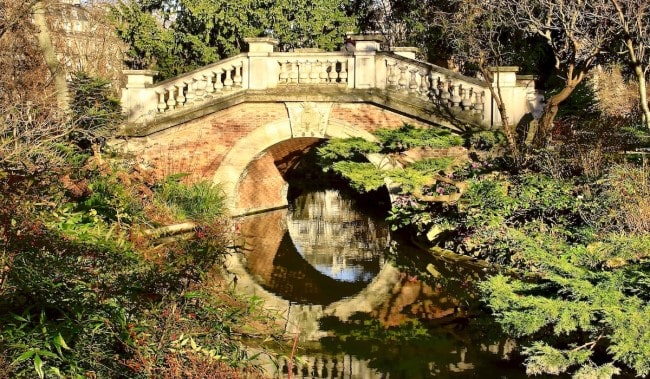
The Venice-style pond ©Sarah Fauvel © Sarah Fauvel
Alphand replaced the bridge (in very poor condition) with a new ornamental pond, reminiscent of Venice. He also added trees, rocks, and small footbridges over streams, plus he created winding paths, waterfalls and a grotto to shape a harmonious array of green space. He transformed the garden into Parc Monceau as we know it today.
The architect Davioud restored the Pavillon de Chartres and preserved the decorative elements typical of 18th-century landscape art. Davioud also designed the wrought-iron gates with the neighborhood’s new wealth in mind.
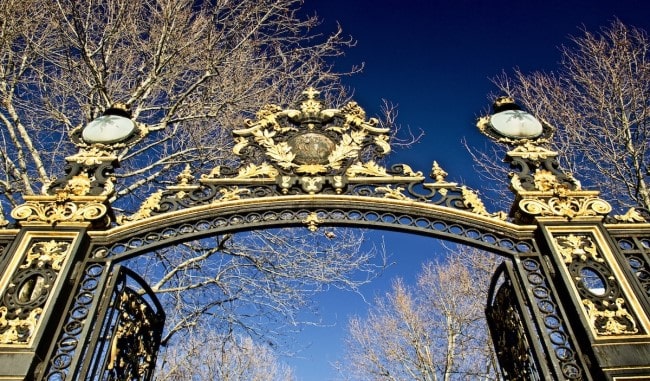
The wrought-iron gates in Parc Monceau. Davioud also designed the gates built for Parisian parks and gardens during the Second Empire. ©Sarah Fauvel
The Bankers Pereire bought the other half of the land for 8 million francs. They had magnificent mansions and housing estates built since the successful bourgeoisie, such as the Rothschild, Cernuschi, Ménier, and Camondo families, chose to purchase residences in the area. Today we can actually still visit the Cernuschi and Nissim de Camondo museums housed in these ornate mansions.
On June 20, 1889, on the occasion of the World’s Fair where most of the attention was focused on the Eiffel Tower, a big party was organized inside the park on the theme of the “One Thousand and One Nights” tale. A total of 30,000 reservations were made and 50,000 curious people gathered behind the gates.
Since then, Parc Monceau has been an endless source of inspiration for artists. Famous masters of Impressionism like Gustave Caillebotte and Claude Monet actually installed their easels here to capture the light and fleeting moments. Monet painted three views of the garden in the spring of 1876 and three more in 1878. The park also inspired photographers like Eugène Atget and Willy Ronis.
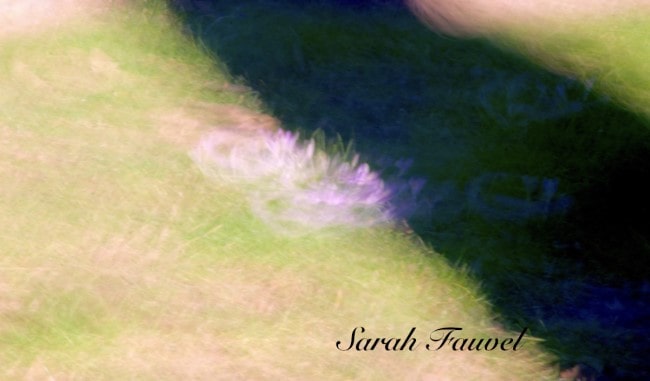
Limited Edition Fine art photo – Parc Monceau IV. ©Sarah Fauvel
Parc Monceau is also the guardian of the capital’s biggest tree: an Oriental plane tree which measures seven meters in diameter at one meter from the ground.
A series of sculptures have been added to commemorate artists. In 1897, the sculpture commemorating the death of Guy Maupassant was installed, thus inaugurating the series of monuments devoted to writers and musicians.
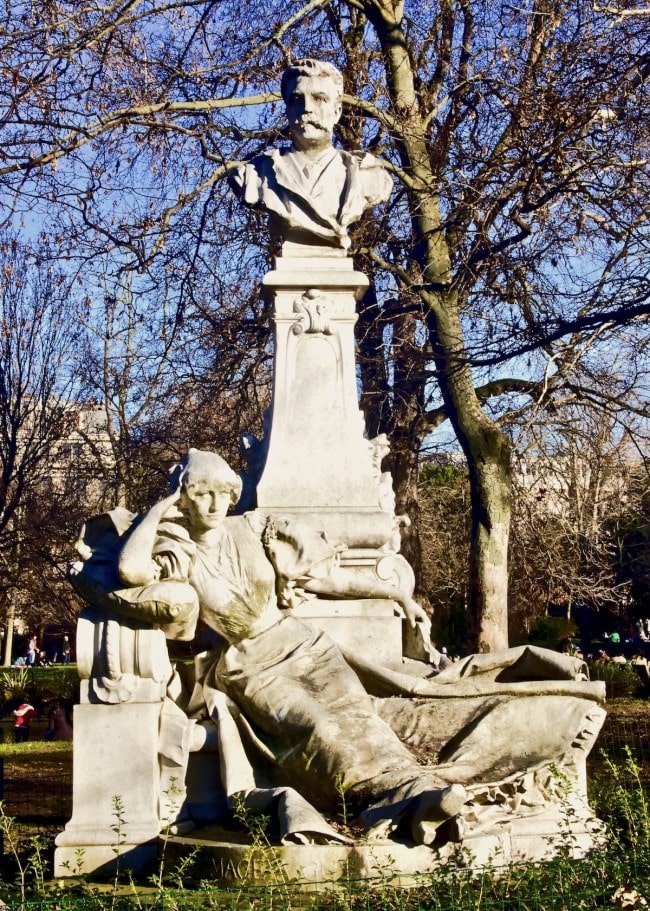
Sculpture of Maupassant in Parc Monceau. ©Sarah Fauvel
PRACTICAL INFORMATION
Parc Monceau is located at 35, boulevard de Courcelles in the 8th arrondissement and is open every day:
– from January 1st to April 30th from 7 am to 8 pm
– from May 1st to August 31st from 7 am to 10 pm
– from September 1st to September 30th from 7 am to 9 pm
– from October 1st to October 29th from 7 am to 8 pm
This green space is accessible to persons with reduced mobility, but some areas remain difficult to access. Dogs on a leash are allowed.
Interested in seeing additional pictures? Sarah would be delighted to send you a complete portfolio including some photos of Claude Monet’s gardens. Please send the request to: [email protected]
Lead photo credit : Bed of shimmering flowers ©Sarah Fauvel
More in history, Parc Monceau, photography




REPLY